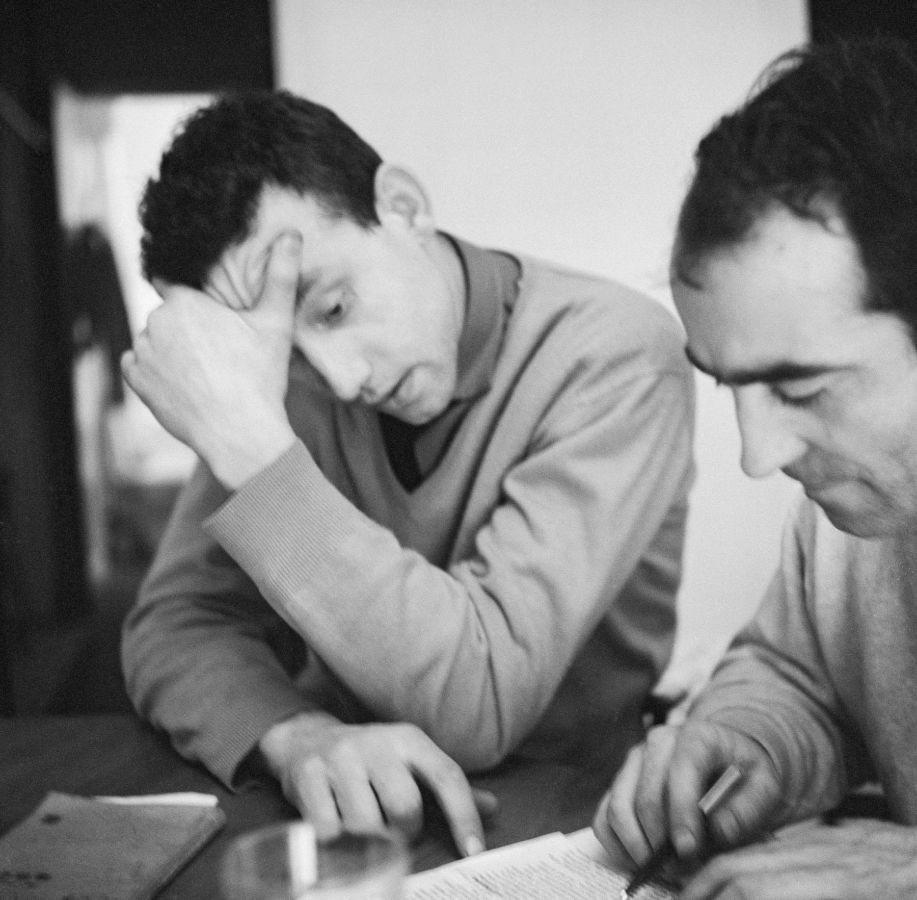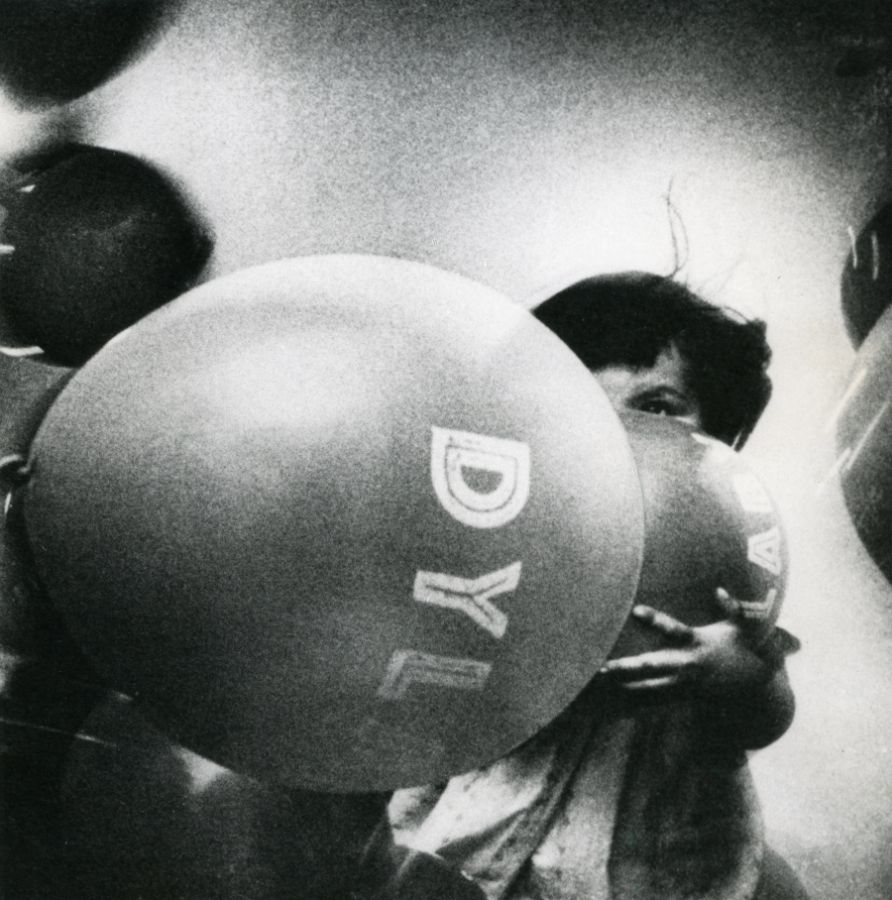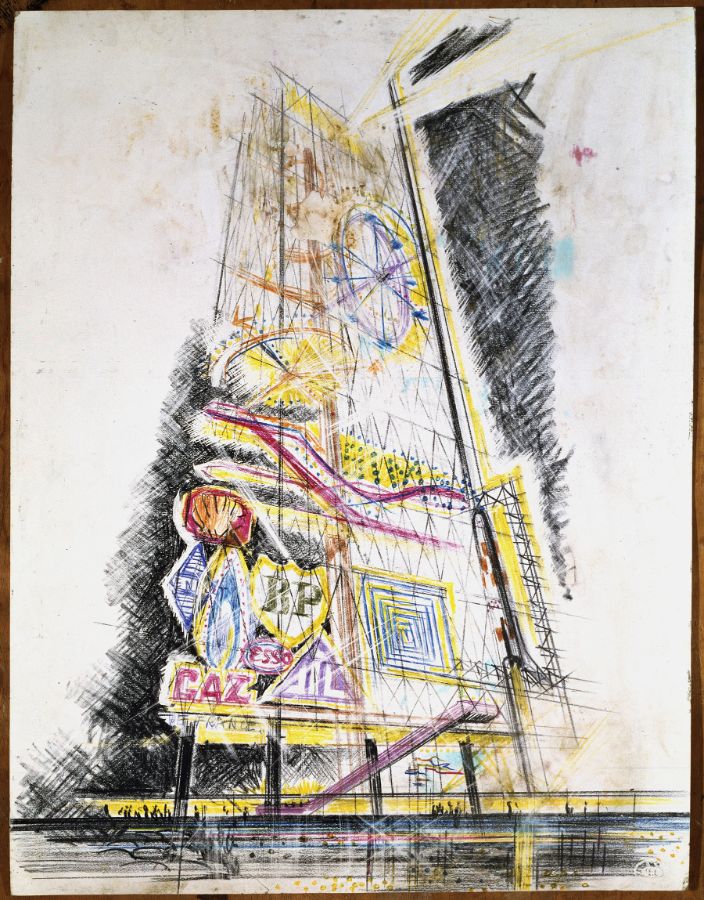Niki de Saint Phalle (1930–2002)
Niki de Saint Phalle, daughter of a French father and an American mother, grew up mainly in the United States. After leaving school she worked initially as a model, but at the age of eighteen ran away with Harry Mathews. The couple married and moved to Paris, where they lived from 1952. They also had two children together. De Saint Phalle’s first paintings, which had everyday objects integrated into them, date from 1953.
De Saint Phalle and her husband first met Eva Aeppli and Jean Tinguely in 1956. In 1960, after divorcing Mathews, Niki de Saint Phalle moved into Tinguely’s studio on the Impasse Ronsin. The two artists were henceforth a couple, but married only in 1971.
De Saint Phalle first attracted notice in artistic circles with her ‘shootings’, which she herself called Tirs, of 1961. These were plaster reliefs with objets trouvés and bags full of paint built into them, which the artist shot at with a rifle in skilfully staged ‘shootings’, some of which were public.
From 1963 Niki de Saint Phalle and Tinguely lived in Soisy-sur-École near Fontainebleau. It was there that she began producing figures and reliefs of women and monsters, executed as assemblages made of papier-mâché, often with woollen yarn glued onto them. The first Nanas made of wool and fabric also date from this period. De Phalle at first described these figures as symbols of happy, liberated women, but later cast them rather as precursors of a new, matriarchal age.
Her first retrospective took place at the Stedelijk Museum in Amsterdam in 1967, the year in which she began making figures out of polyester. De Saint Phalle later incurred serious respiratory problems as a result of her inhalation of polyester vapours and dust while making these works.
De Saint Phalle and Tinguely worked together not only on large-scale projects like Dylaby, Hon, and Le Cyclop, in which several artists had a hand, but they also created numerous works involving just the two of them. Their Le Paradis fantastique, for example, was a French government commission for Expo 67 in Montreal, while their Fontaine Stravinsky in Paris was unveiled in 1983. Tinguely also provided the technical know-how for de Saint Phalle’s projects Jardin des Tarots, Le Golem, and Le Dragon, as well as helping her with setting up. De Saint Phalle began building her Tarot Garden, the apogee of her work with walk-in installations and sculptural ensembles, in 1979. She would continue working on it for a further fifteen years before it was finally opened.
The artist suffered recurrent bouts of pulmonary disease as well as rheumatoid arthritis. She died in California at the age of seventy-one in 2002.














































.jpg/jcr:content/Fo_000536D%20(3).jpg)



































